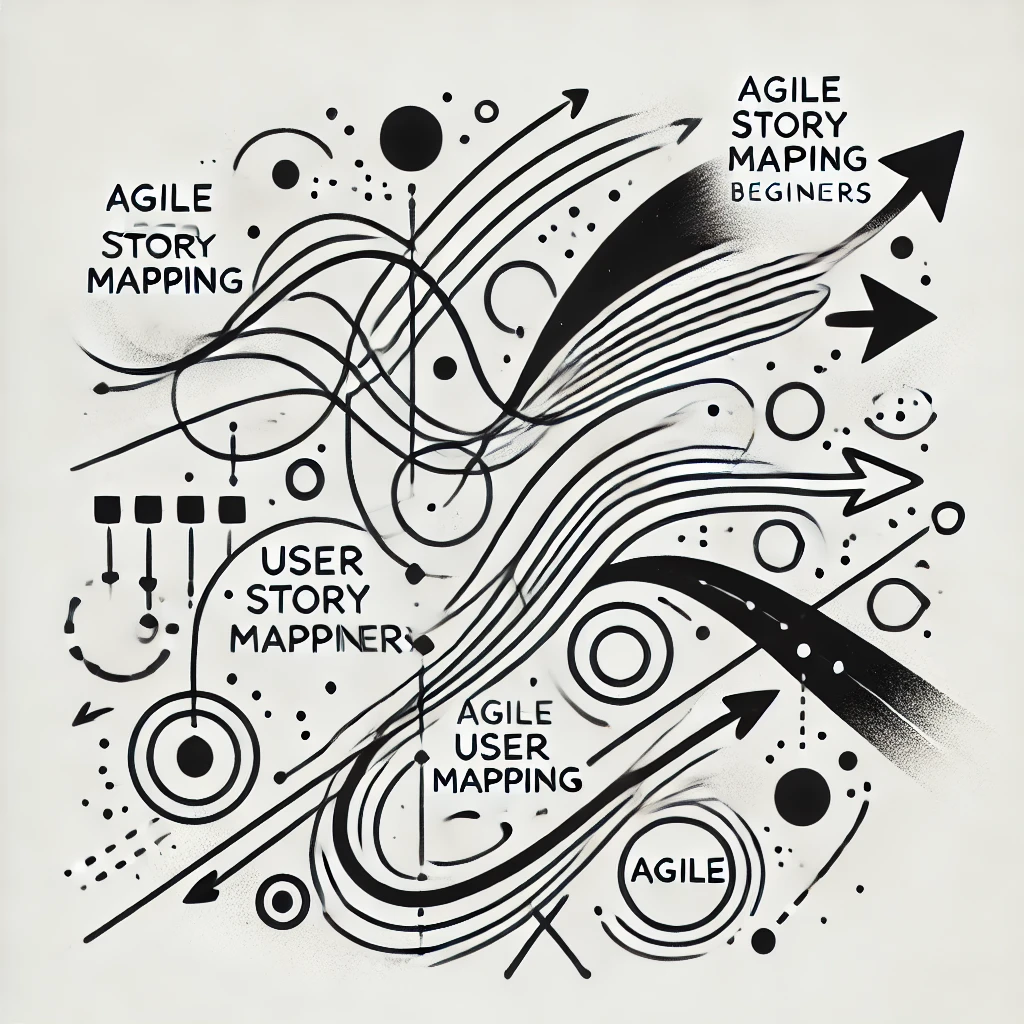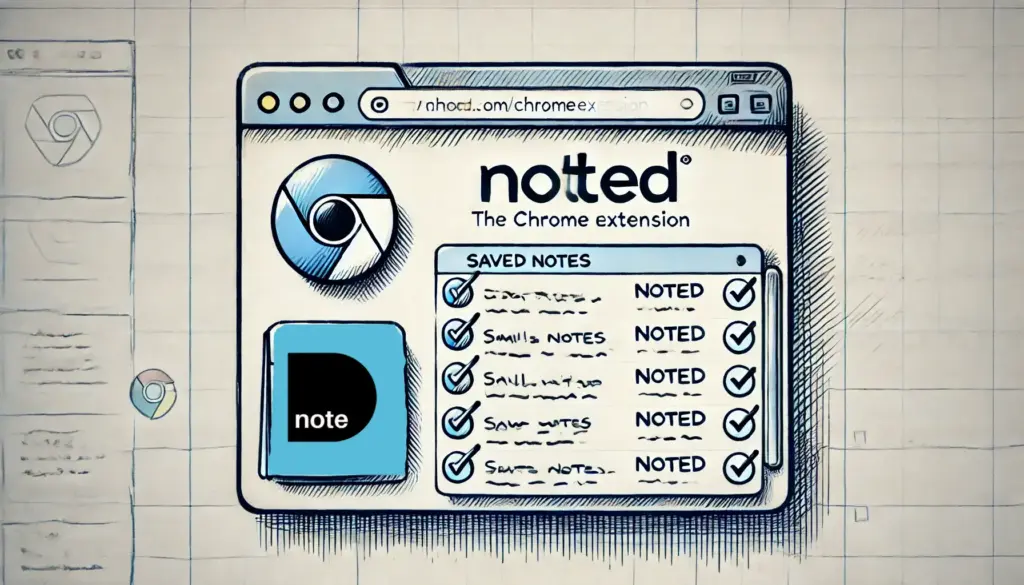Getting Started with User Story Mapping: Tips for Beginners
User story mapping is a fantastic way to visualize workflows and prioritize features, but it can feel a bit overwhelming at first. Here are some beginner-friendly tips to help you get started smoothly:
- See the Big Picture: Begin by outlining the user’s journey from start to finish. How does the user interact with your product?
- Involve Everyone: Bring in team members and stakeholders. What different perspectives can they offer?
- Break It Down: Divide larger tasks into smaller, manageable stories. How can you simplify complex tasks?
- Focus on Value: Prioritize stories that deliver the most value to users. Which features are most critical to your users?
- Keep It Updated: Regularly refine your story map. How can you adapt based on new feedback and requirements?
Additionally, there are tips for effective user story mapping:
- Visual Tools: Use tools like Miro or Jira to create interactive story maps. Have you tried any of these tools?
- Regular Workshops: Conduct brainstorming sessions with your team. How often should you meet to update the story map?
- Stay Flexible: Be ready to adapt your story map. How can you ensure your map evolves with new insights?
- Incorporate Feedback: Regularly include user feedback. How do you gather and integrate this feedback?
- Track Progress: Use your story map to monitor progress. What metrics can help you track your development?
- What challenges have you faced with user story mapping? Share your experiences and let’s discuss solutions together!




Leave a Reply